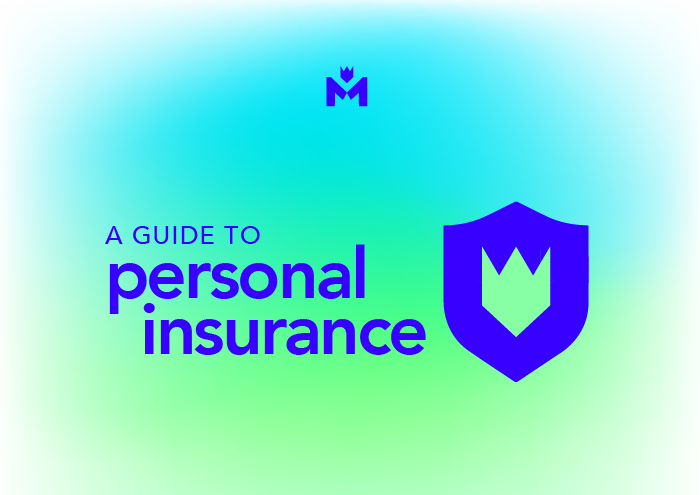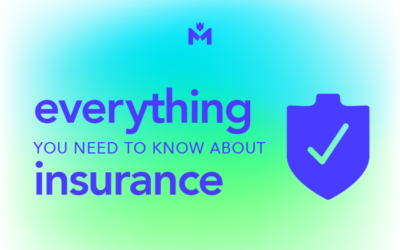Kiwis are getting personal insurance wrong. According to a Massey University study, almost half of NZ (43%) don’t have life insurance at all and, of those who do, 43.3% are severely underinsured. Yikes.
Don’t make the same mistake – make sure you’ve got the right cover. Check out our quick and easy guide to personal insurance.
Life insurance
Life insurance, sometimes called death cover, pays a lump sum benefit to your family in the event of your death. This type of insurance is all about making life easier for the family you leave behind, as well as helping them pay for your funeral costs.
When working out your level of cover you should consider a number of factors such as:
- If you’re the sole breadwinner in the household.
- Whether your family will be able to afford to live the same lifestyle after you’re gone.
- How much your family may need to get by without you.
- Which costs your family will have to cover such as university fees, mortgage repayments and childcare.
Some insurers advise that your level of cover should equal 10 times your annual salary. While this is a good ballpark figure to start with, it’s always best to consider your personal circumstances before you set your sum insured.
TPD insurance
Total and permanent disability insurance, or disability insurance, pays you and your family a lump sum payment in the event that you become disabled and are unable to work again. Some policies also include partial payments if you suffer partial disablement, such as the loss of an eye or hand.
This lump sum can be used to cover your medical bills, pay your mortgage, make essential modifications to your home or help you afford everyday living costs.
Trauma insurance
Trauma insurance is designed to help you financially in the event that you or a family member suffer from a traumatic illness or injury. Under this type of cover, you’ll receive a one-off lump sum to help with medical costs, loss of income and rehabilitation.
Trauma cover is often combined with TPD insurance, which kicks in if your illness or injury leads to disability. When buying a policy, be sure to check which illnesses and injuries are included and whether pre-existing conditions are covered.
Income protection insurance
Every year, 54,800 Kiwi households lose their main earner’s income due to unexpected long-term illness, according to the Financial Services Council. Income protection insurance is a policy that aims to protect you and your family against financial hardship if this were to happen by paying out a set percentage of your salary each month.
Again, if you’re the main breadwinner in your household or you have a mortgage to pay, you should consider this type of insurance. When shopping for income protection insurance pay close attention to:
- Cover amount: usually 75% of your salary but varies between policies
- Agreed value VS indemnity value: agreed value covers your salary amount when the policy is issued while indemnity value covers your income at the time of claim.
Personal insurance can be tricky and the consequences of not having cover or choosing the wrong level of cover can be dire. Don’t risk it! Drop in and see one of our expert advisors at Money Empire for free advice on all things insurance.




